Trail running vs road running: which terrain is right for you?
Are you better suited for the road or tackling the trails? Let's find out...
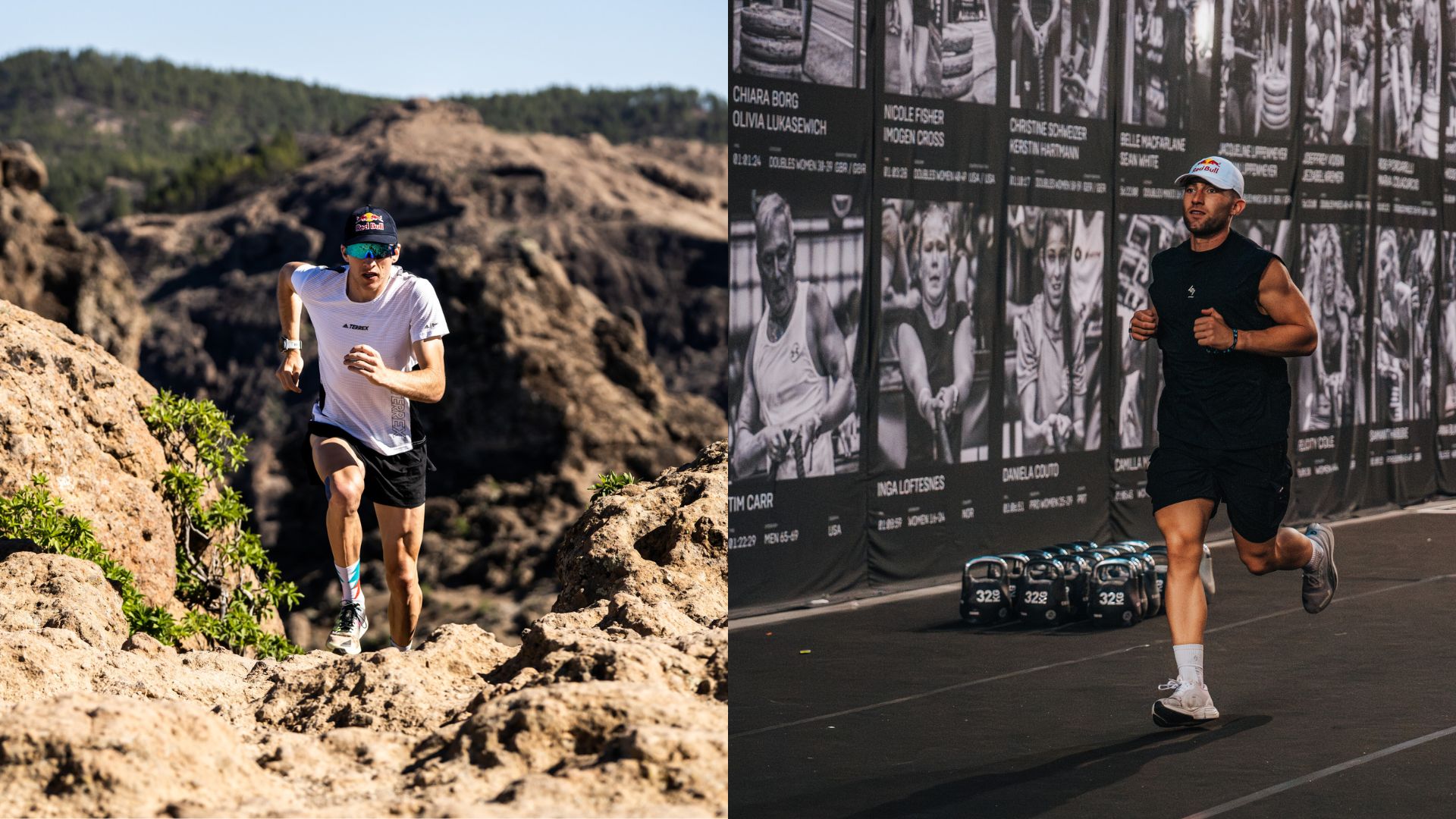

Trail running and road running are both incredibly popular right now but, as their name suggests, they’re very different, particularly when it comes to pace and location. If you’re a keen runner, you may not care what type of running you’re doing, as long as you’re cruising along. But, for those just getting started, you may be wondering which type of terrain is right for you: the road or trails?
While one form of running doesn’t trump the other—they’re both brilliant for the body and mind—you may find one is better suited to you and your running goals. Two people who have experience in these areas are Red Bull Athletes, Tom Evans, a British Ultrarunner, and Jake Dearden, a HYROX athlete. Below, they take us through the pros and cons of each running to help you decide which one could be the best fit for you.
What’s the difference?
Trail running involves running ‘off-road’ in more natural settings, whether that’s in a forest, up the side of a mountain, or alongside a riverbank. “The stress of running certain splits goes out the window with trail running because there are so many uncontrollable factors,” says Tom. “Whether it's the terrain that you're running on, if it's dry or wet, fast running or slow running, it doesn't really matter—it's just what you've got to go over and through.”
Road running, as the name suggests, mainly refers to running on the road or a paved surface, and is arguably far more accessible than trail running. “It’s great as, for most people, it’s very convenient," says Jake. "Plus it’s also flat and therefore makes it easy to keep specific paces compared to trail running.”
Trail running vs road running: pros and cons

There’s no doubt that the uneven terrain and winding routes you’ll experience on a trail run will make for an interesting adventure. Plus it’s also great for strengthening your joints and muscles, as well as improving your balance. It’s softer surfaces can also be far more forgiving on the joints too, compared to the harsh impact you get from pounding the pavement.
The environment of trail running, in general, is arguably far less stressful too. You’re amongst nature—which many studies have shown can do wonders for our mental health—and, because of the unpredictable terrain, your pace will be much slower, so the pressure of trying to hit certain paces often goes out the window.
That said, trail running isn’t a walk in the park. Uneven terrain can lead to a higher risk of injury, such as twisting or rolling over your ankle. Naturally, it also requires increased concentration, as you may need to jump over and navigate your way around obstacles. For beginners, this can be quite a physical and mental challenge.
Sign up to the T3 newsletter for smarter living straight to your inbox
Get all the latest news, reviews, deals and buying guides on gorgeous tech, home and active products from the T3 experts
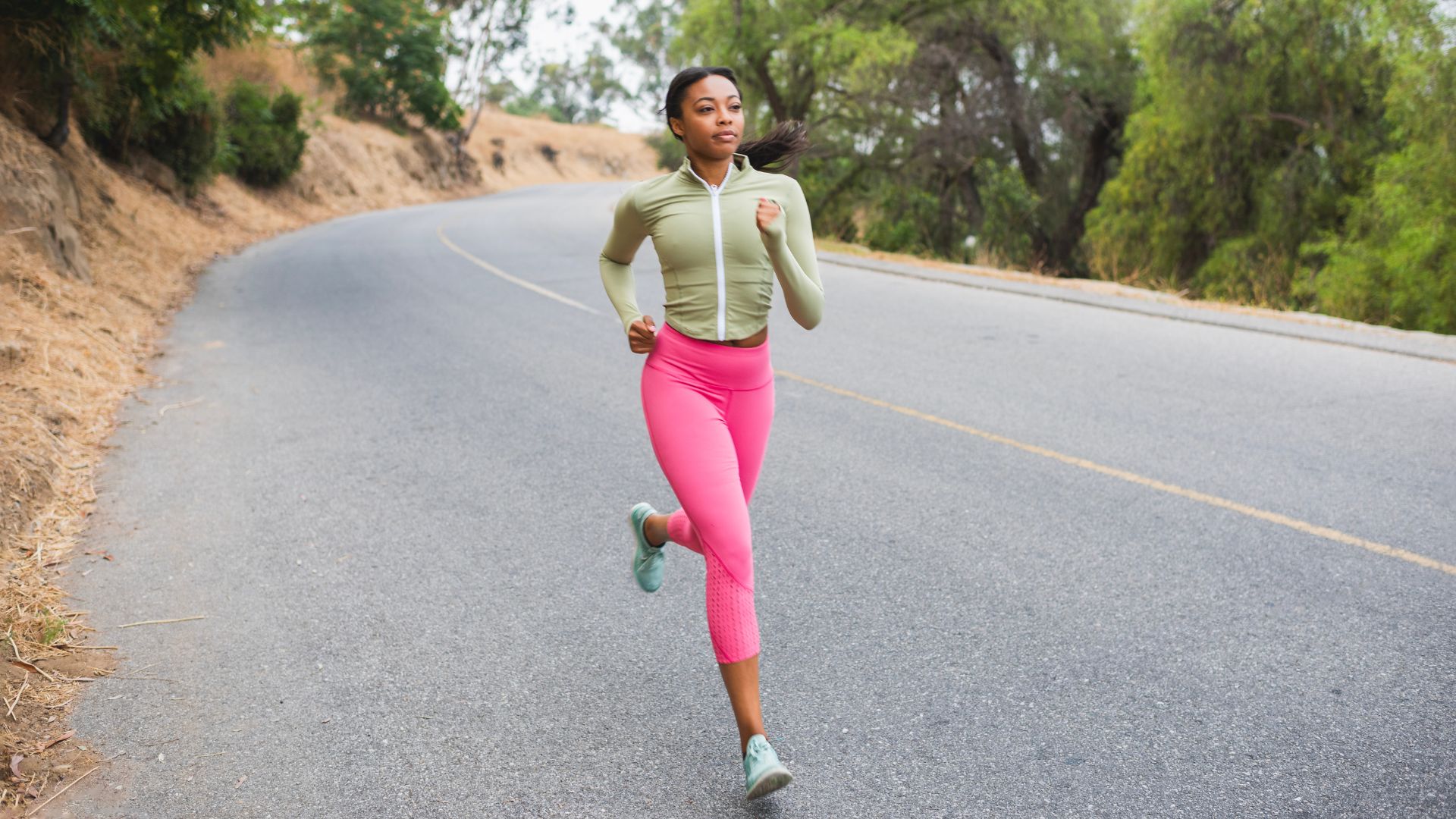
Road running, on the other hand, is far easier for people to get started with. You can just lace up your running shoes, step out your front door, and go. The (fairly) even terrain makes it ideal for working on your pace or doing other types of training, such as tempo runs, intervals, etc.
According to ASICS, similar to trail running, research has shown that road running can strengthen the body’s joints and muscles. You’ll also encounter very little to no bugs while running on the road and, if you’re running in well lit areas, it’s arguably safer than trail running.
However, if you’re running on the actual road and not a pavement, you need to keep an eye on your surroundings—this is where a pair of open ear headphones can come in handy. “The surface is also very hard, which places extra stresses on the body and could result in injury,” says Jake. “It can also be quite dangerous as there are hazards such as cars on the road, so you need to remain alert.”
What gear do you need?
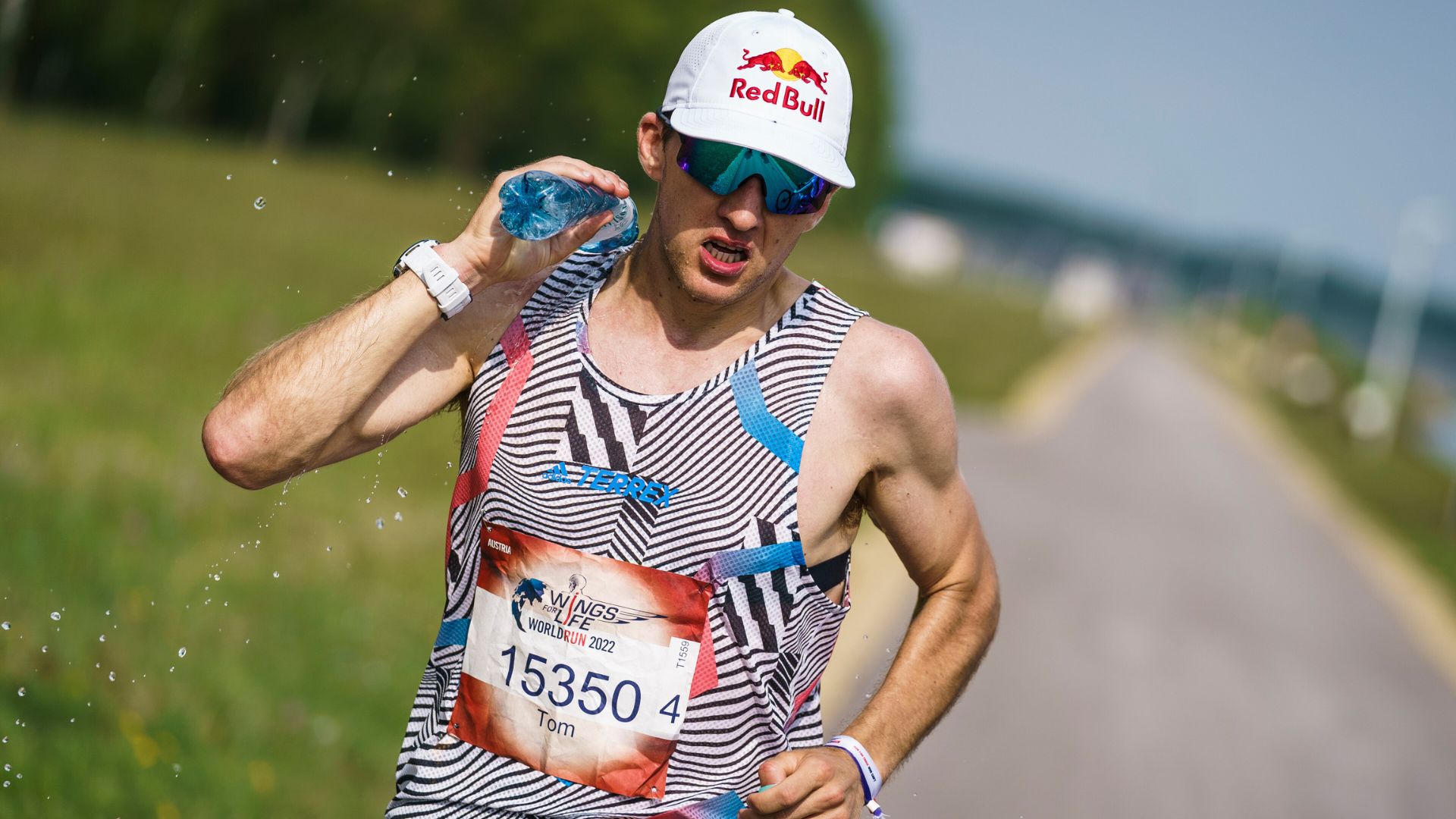
You don't need to overcomplicate this; a pair of shorts, t-shirt and a jacket (if the weather is cold) will do, and a high-vis item if you’re hitting the road. The main difference is the shoes.
Trail running shoes typically have more aggressive lugs for better traction on various terrain, a stiff midsole and durable uppers for protection. Road running shoes, on the other hand, are flatter and smoother for the pavement, with more flexible midsoles and breathable uppers.
“You want your road running shoes to be comfortable, responsive and I’d personally say go half a size up from your everyday shoe,” Jake says. “Puma running shoes are my go-to. I never get any injuries and they have enough cushion to withstand the hard surfaces.”
For the trails, Tom likes the Metafuji Trail Running Shoes by ASICS. “They’re incredibly responsive and help to improve my speed on the trails, meaning I can get the most out of my runs and myself.”
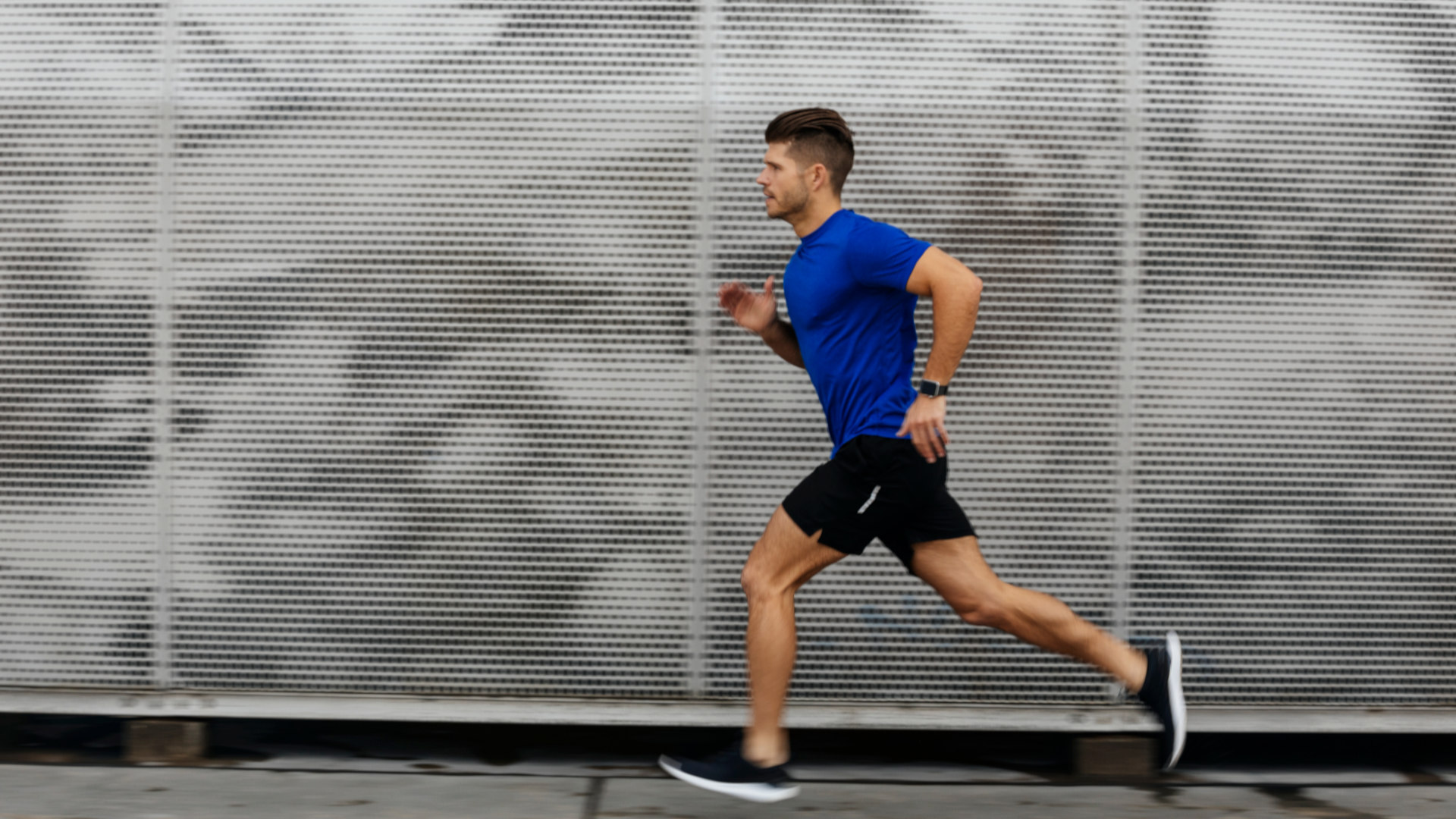
If you’re undertaking a particularly long trail run or exploring more rugged terrain, like climbing a mountain, Tom suggests taking a few extra essentials: “I'll take a spare beanie, a waterproof jacket, an extra base layer, a pair of waterproof trousers, and a small medical kit that will include tape, a bandage, and blister plasters.”
Caffeine plays an important role in both athletes' running prep. “If I'm doing a fasted session in the morning, then I like to have caffeine beforehand to feel a little bit more awake, so I'd have a Red Bull Zero 20 to 30 minutes before I start my session in the morning,” Tom says. Jake also does the same, but will also prioritise one after his training. “I like to have my Red Bull Zero after to replenish glycogen stores and as a treat after a hard session as I love the taste.”
Trail running vs road running: which terrain is right for you?
Ultimately, this comes down to you, the runner.
If you have access to trails nearby, then trail running can be an adventure and a great way to imerse yourself in the great outdoors. It’s also a little more gentle on the joints and is brilliant for strengthening your body, but beginners may find it difficult getting to grips with uneven terrain.
Road running is very accessible and predictable, making it a better starting point for beginners. If you’re running on the road, just be aware of your surroundings and wear something high-vis. Just make sure you’re doing a thorough warm up and include some drills to improve your technique to reduce the likelihood of injury.

Bryony’s T3’s official ‘gym-bunny’ and Active Staff Writer, covering all things fitness. She recently completed her Level 3 PT qualification with the PFCA to bring a deeper understanding of training techniques, fitness trends, and wellness advice to her writing. In her spare time, you will find her in her natural habitat - the gym - where her style of training is a hybrid of bodybuilding and powerlifting. Bryony loves writing about accessible workouts, nutrition and testing innovative fitness products that help you reach your fitness goals and take your training to the next level.
You must confirm your public display name before commenting
Please logout and then login again, you will then be prompted to enter your display name.
-
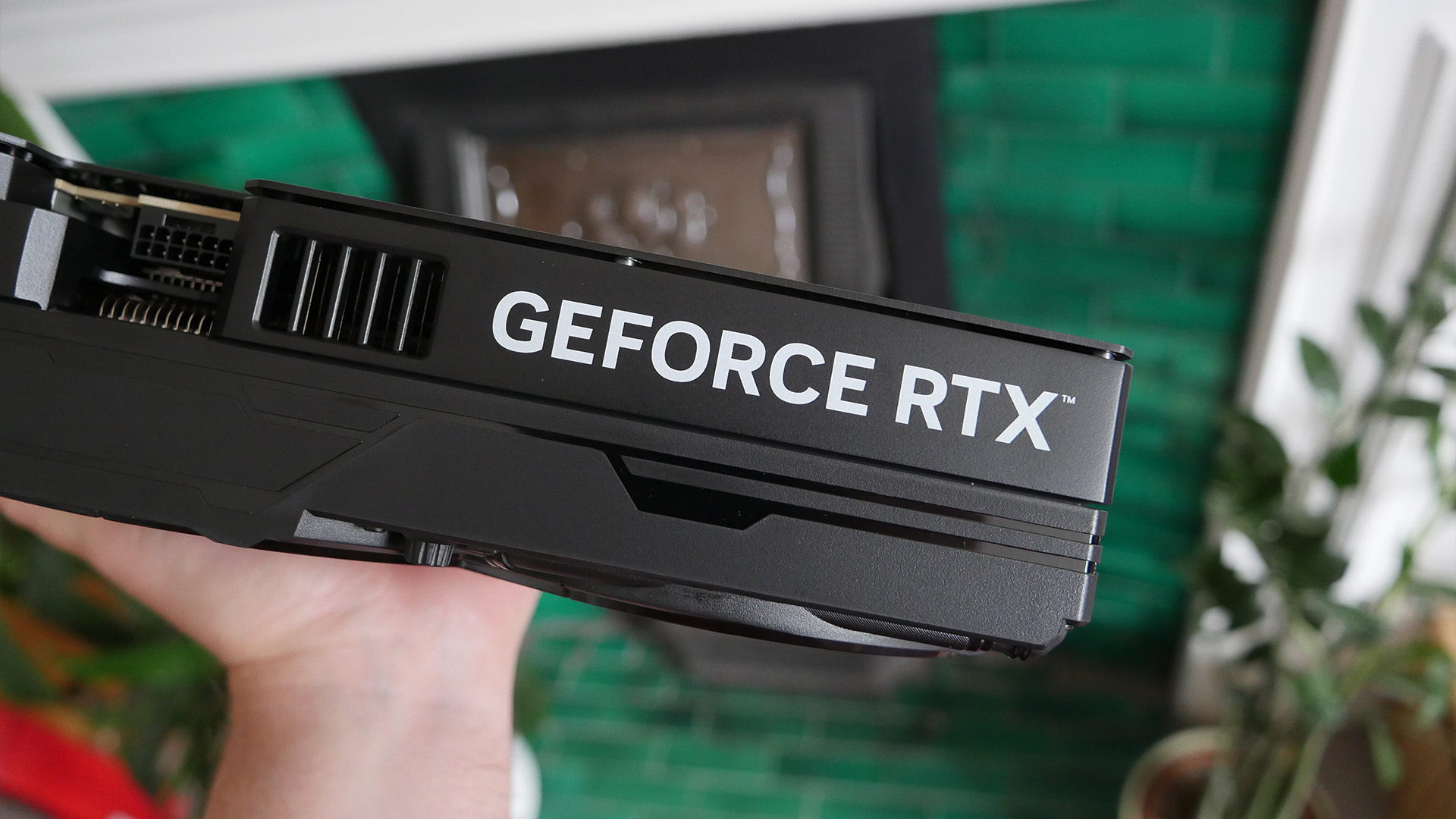 I swapped my PS5 Pro for a top-end Nvidia RTX 5070 rig – and I'm not sure I can go back
I swapped my PS5 Pro for a top-end Nvidia RTX 5070 rig – and I'm not sure I can go backPC gaming has its claws back in me
By Max Freeman-Mills
-
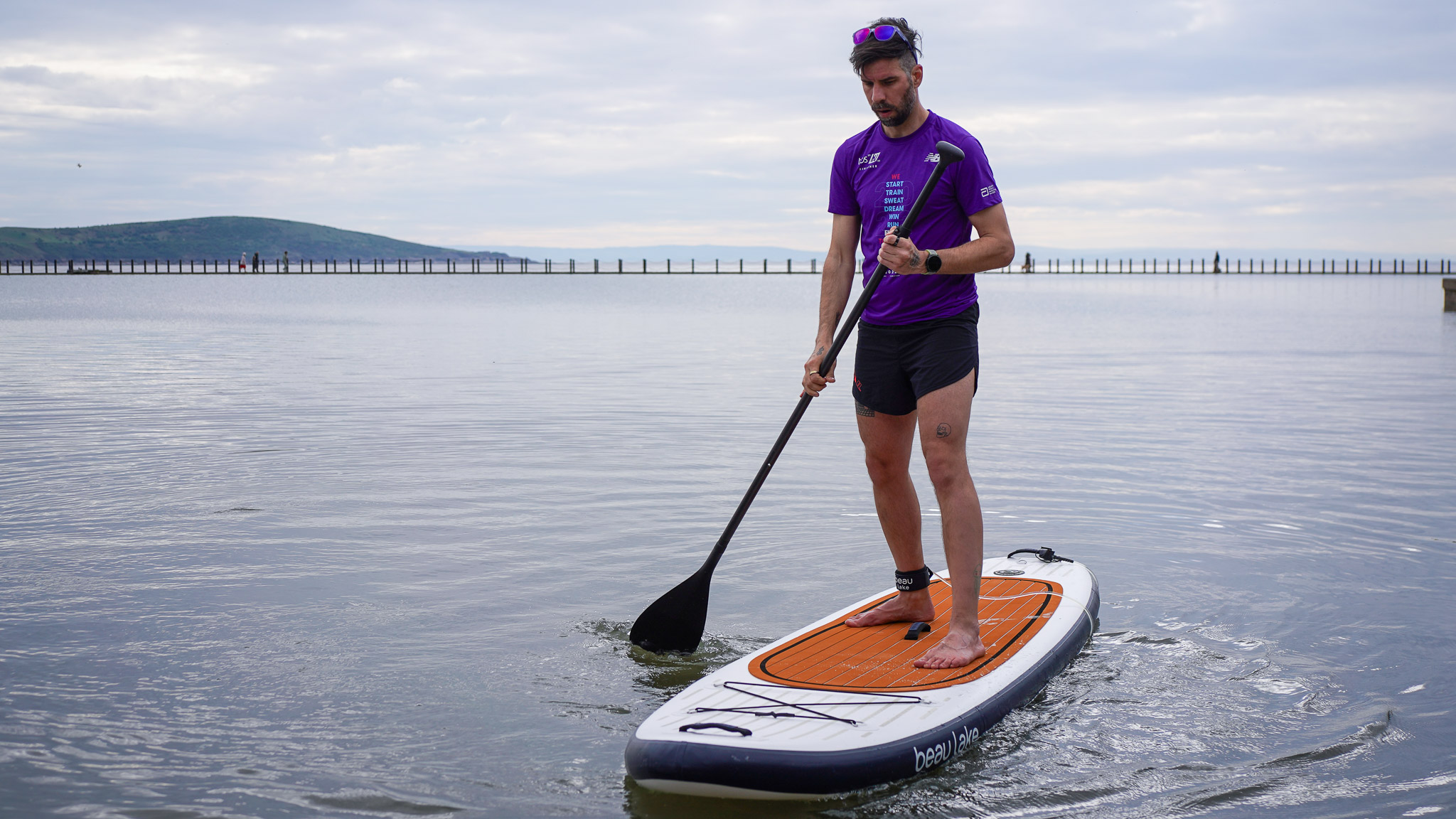 Beau Lake X Hinckley Newport iSUP review: A luxury paddleboard that’s more yacht than SUP
Beau Lake X Hinckley Newport iSUP review: A luxury paddleboard that’s more yacht than SUPLuxury looks meet laid-back paddling in Beau Lake’s stunning iSUP
By Matt Kollat
-
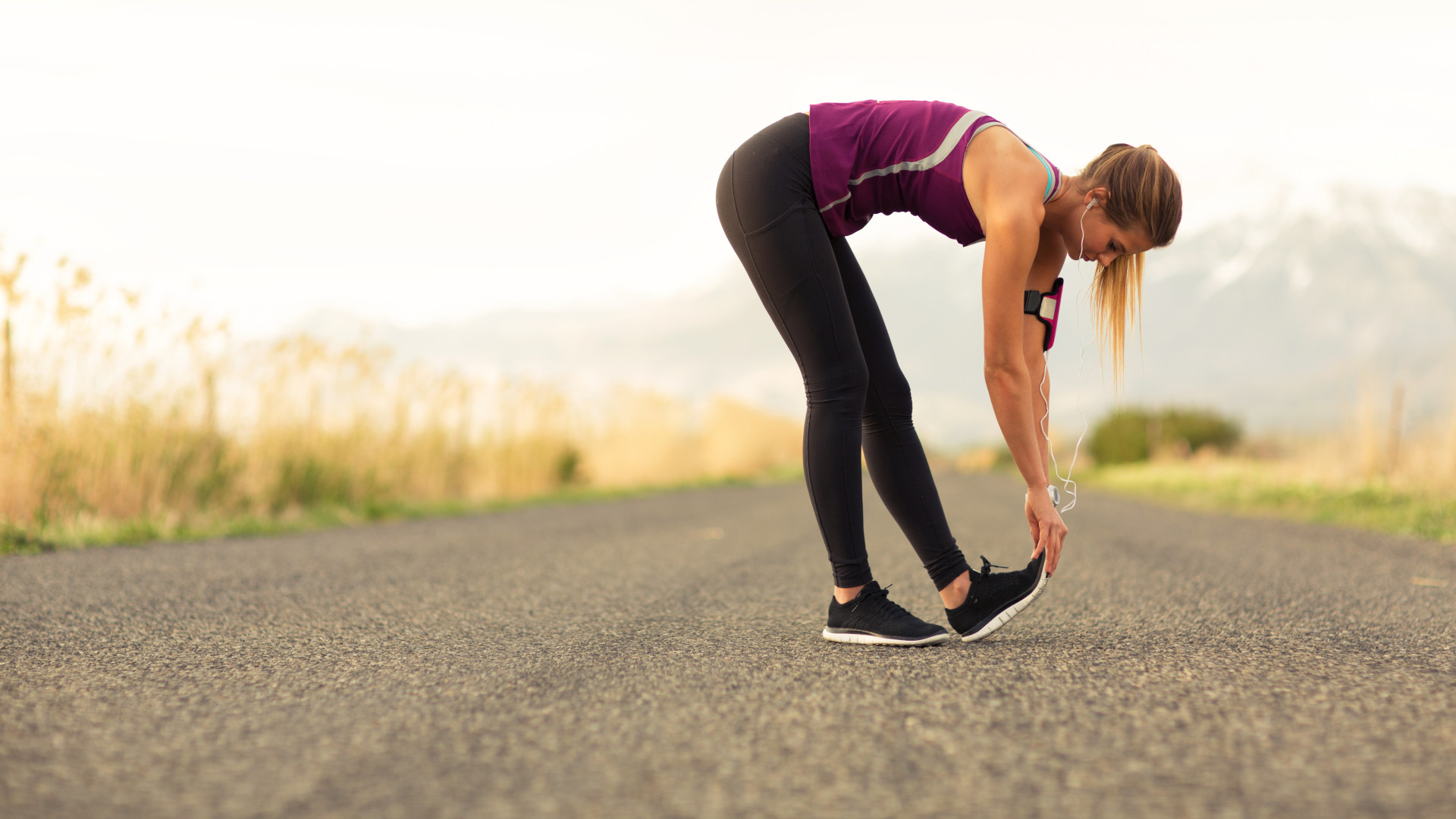 3 hamstring stretches every runner should be doing
3 hamstring stretches every runner should be doingIf you’re a runner, these moves should be a given
By Lucy Miller
-
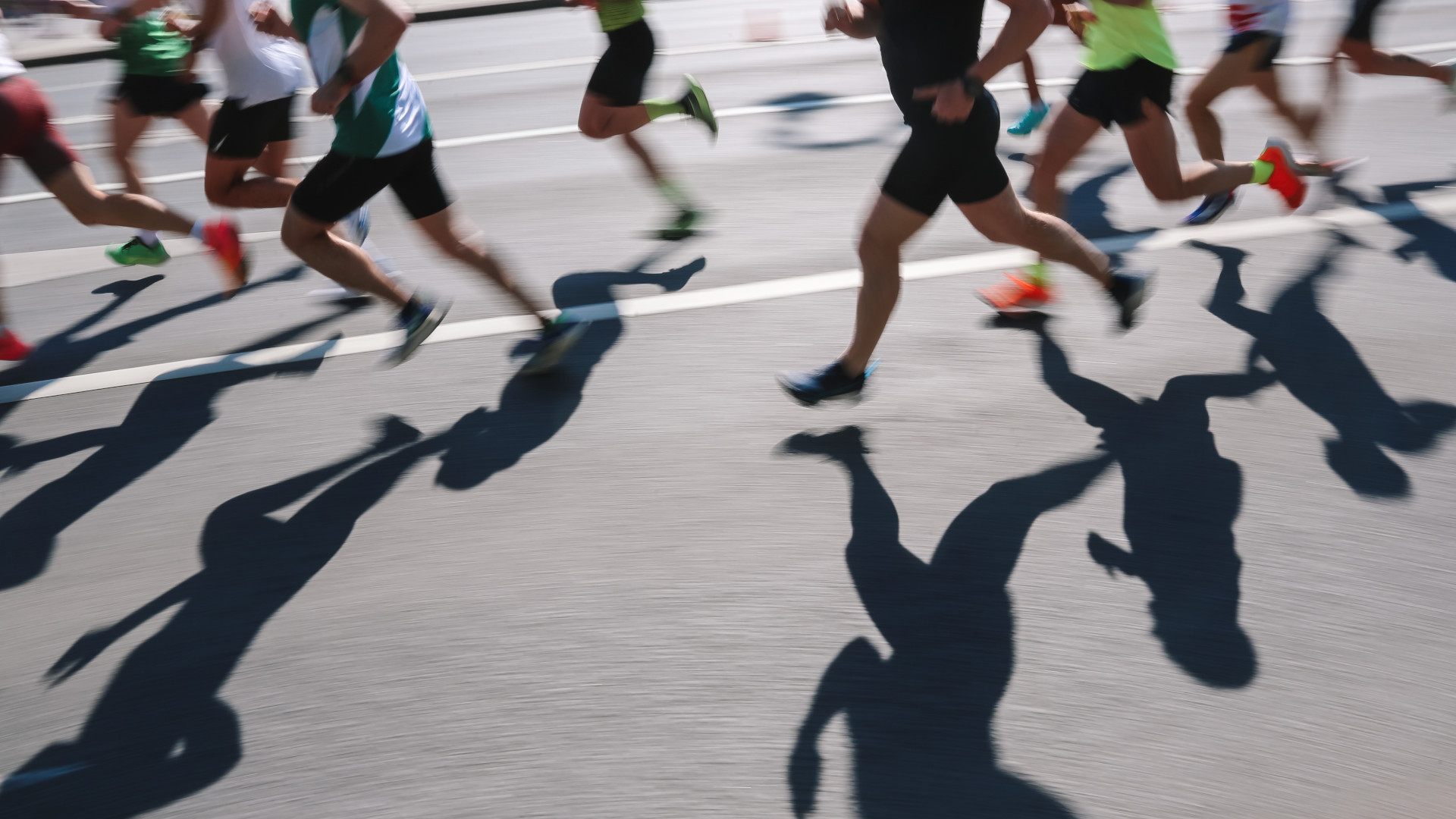 5 last-minute marathon tips from an athletics champion to help you race like a pro
5 last-minute marathon tips from an athletics champion to help you race like a proEuropean Silver Medalist Holly Archer shares some words of wisdom to make your 26.2 mile journey a good one
By Bryony Firth-Bernard
-
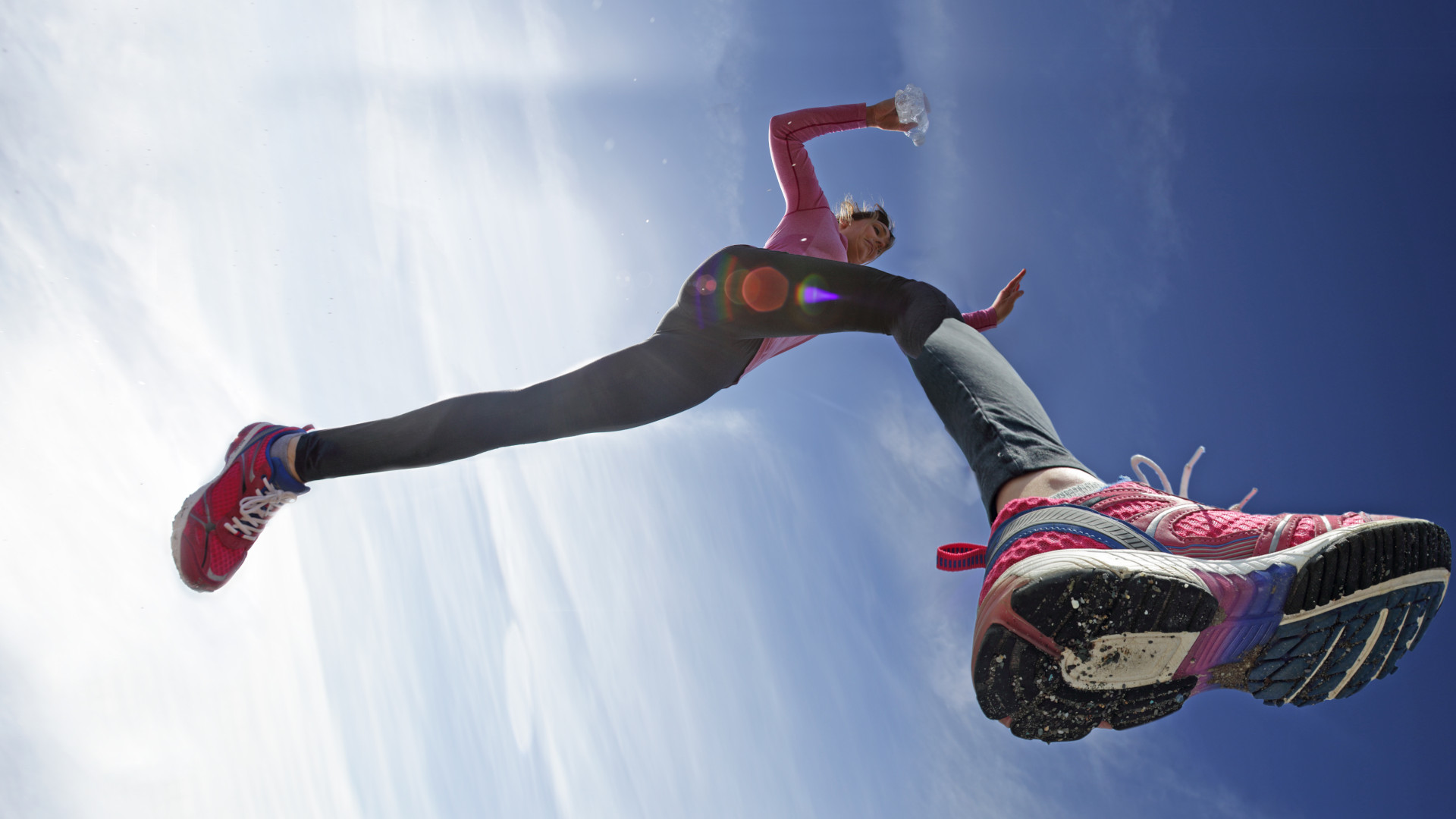 5 outdated running myths that you need to stop believing, say these experts
5 outdated running myths that you need to stop believing, say these expertsPut them in the bin, forget them!
By Bryony Firth-Bernard
-
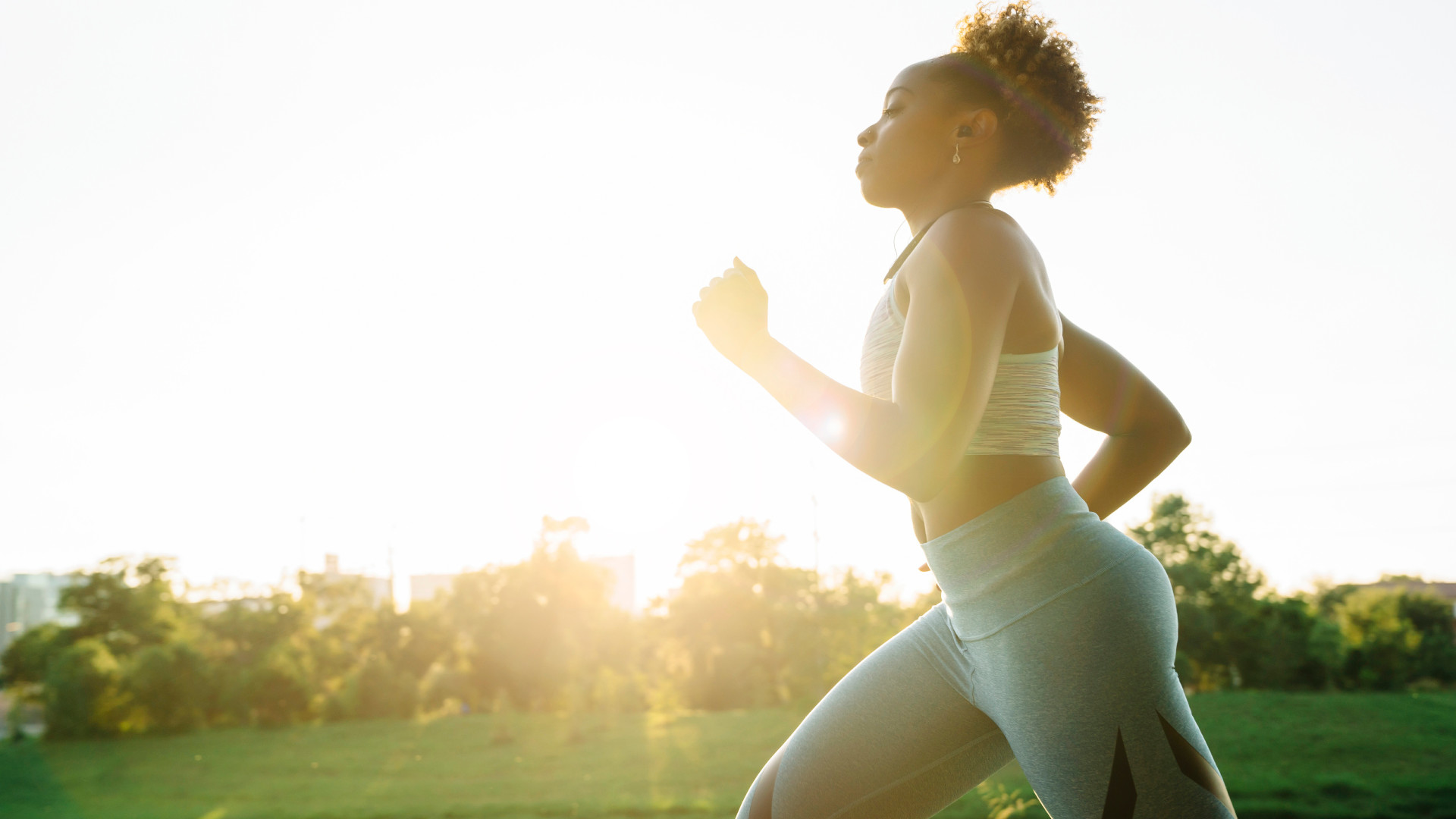 I trained in zone 2 for my half marathon, and it made me a faster runner
I trained in zone 2 for my half marathon, and it made me a faster runnerWhy zone 2 training could be the secret to long-distance running success
By Lucy Miller
-
 I ran the Seville marathon with ASICS – here’s 5 things I learnt from my first marathon
I ran the Seville marathon with ASICS – here’s 5 things I learnt from my first marathonEverything I learnt from my first marathon
By Bethan Girdler-Maslen
-
 An expert says this is the best method to help you start or get back into running
An expert says this is the best method to help you start or get back into runningEven seasoned athletes use this technique
By Bryony Firth-Bernard
-
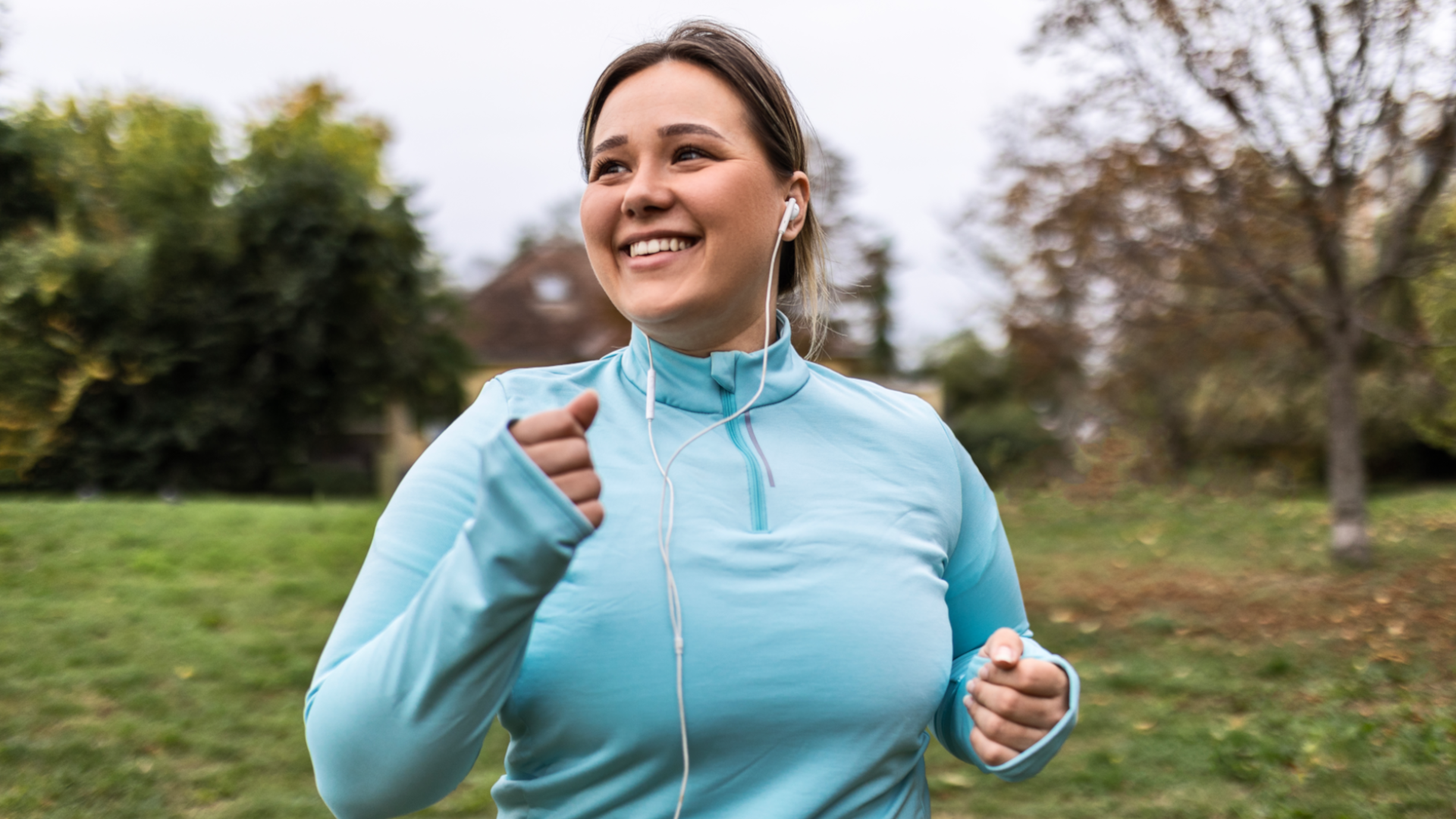 6 running mistakes beginners should avoid, according to an expert
6 running mistakes beginners should avoid, according to an expertIf you want to avoid injury and improve your performance
By Bryony Firth-Bernard
-
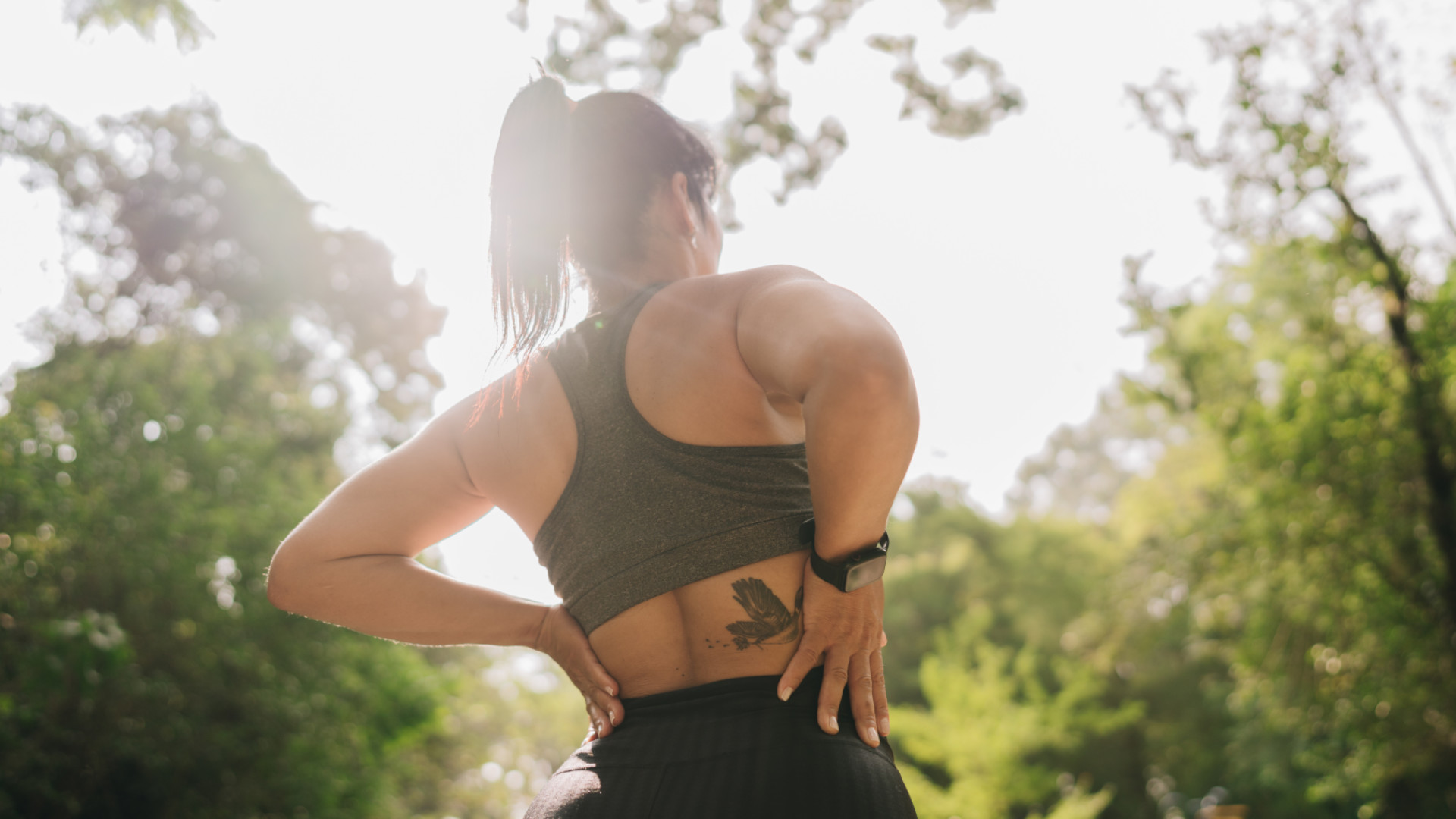 Sore lower back after running? A physio says these three exercises can help
Sore lower back after running? A physio says these three exercises can helpIf you’re prone to back aches after a run, give these a try!
By Bryony Firth-Bernard